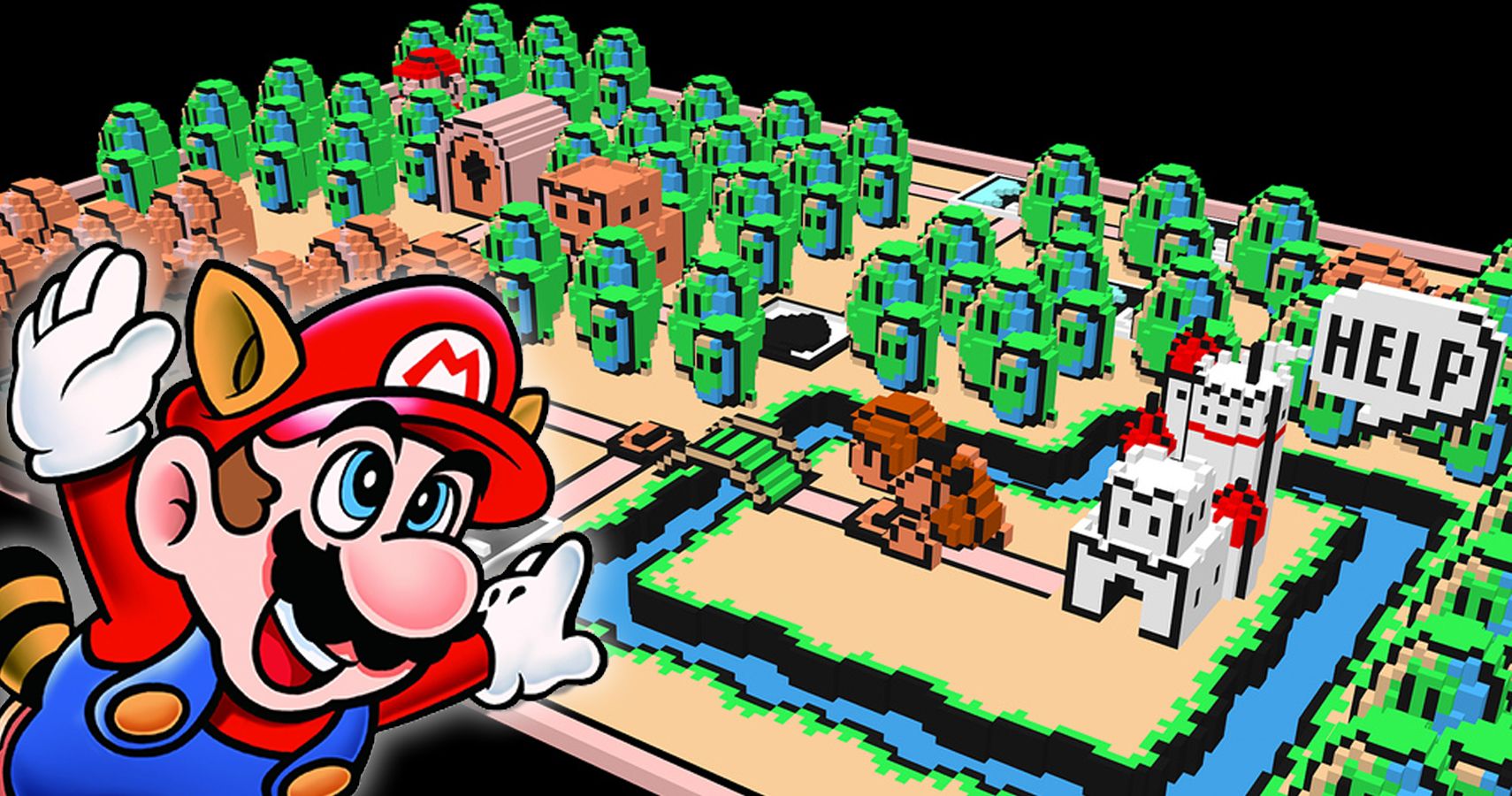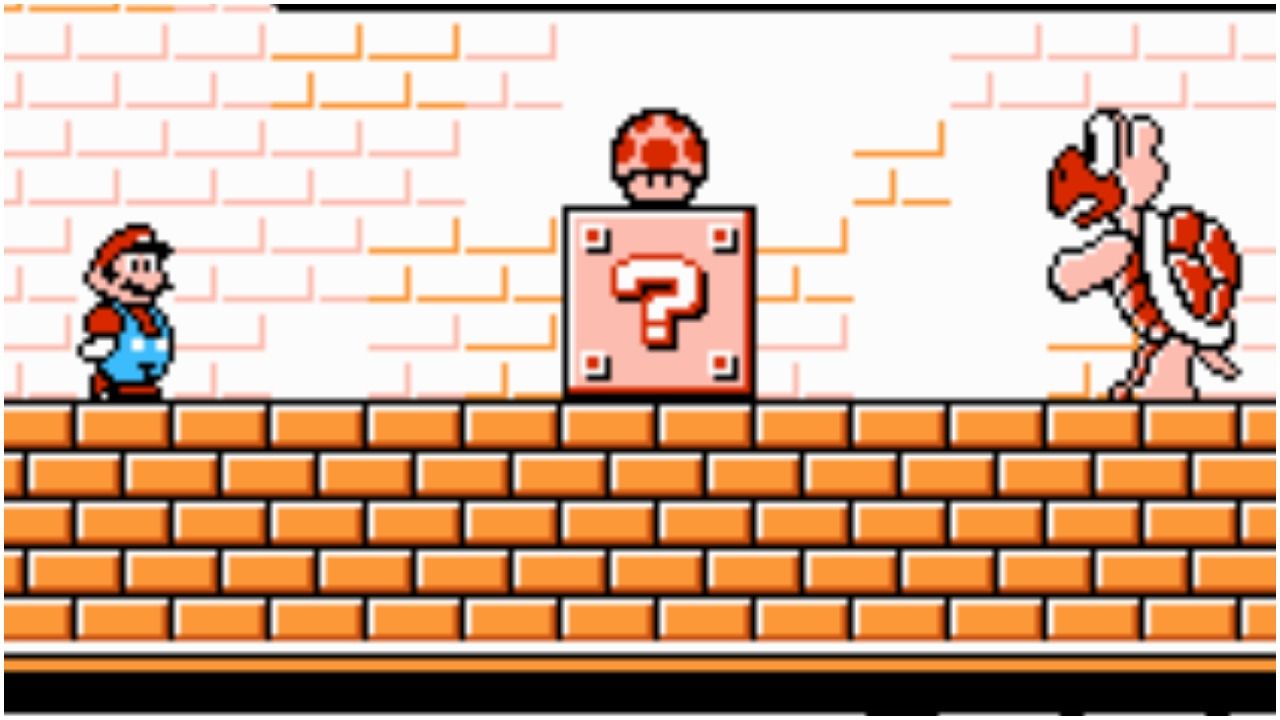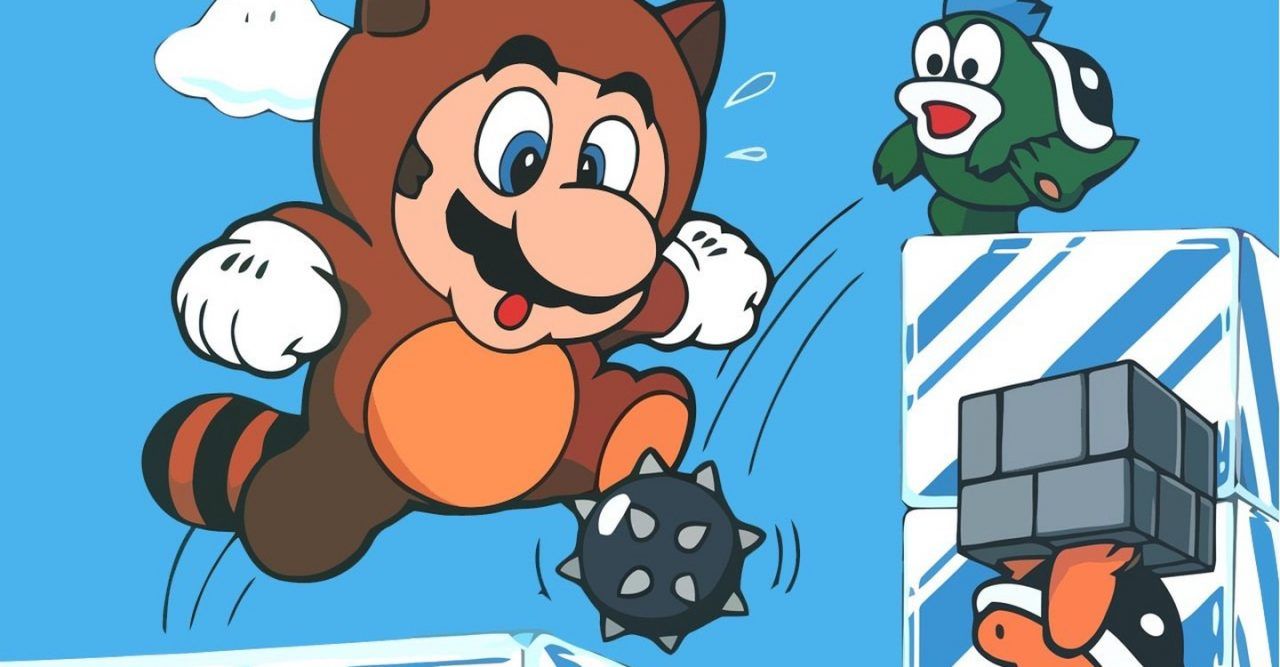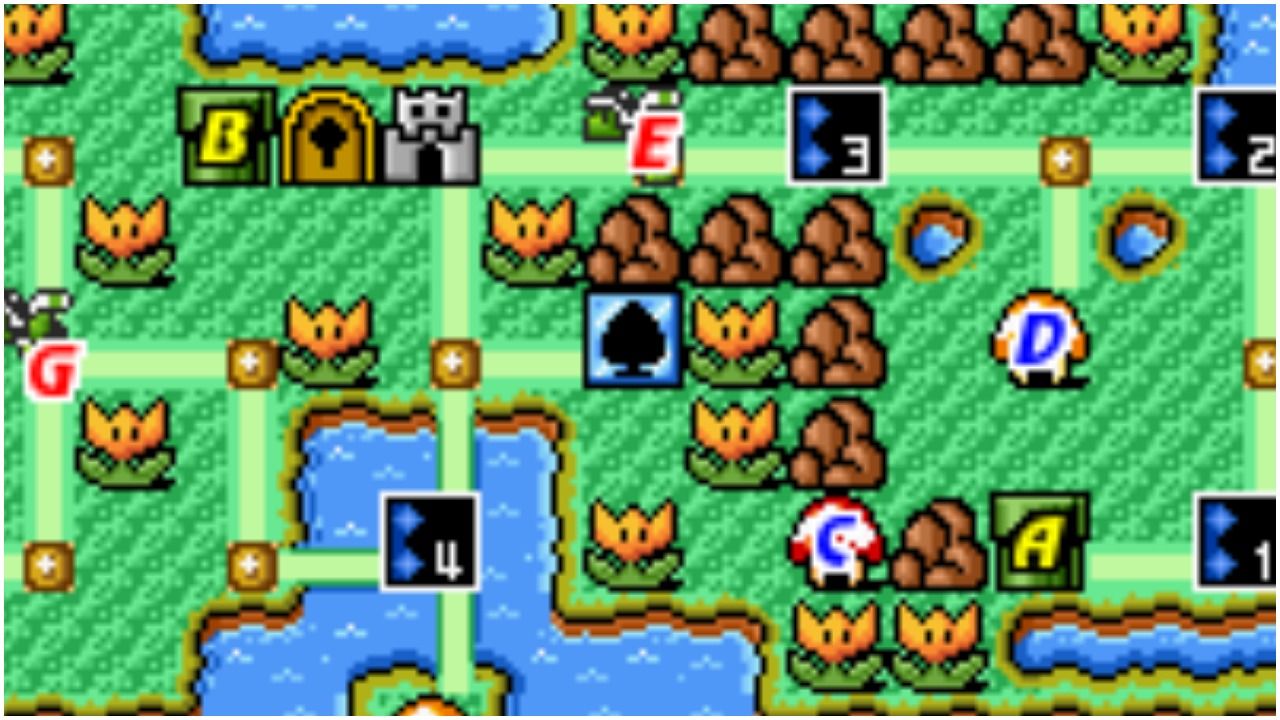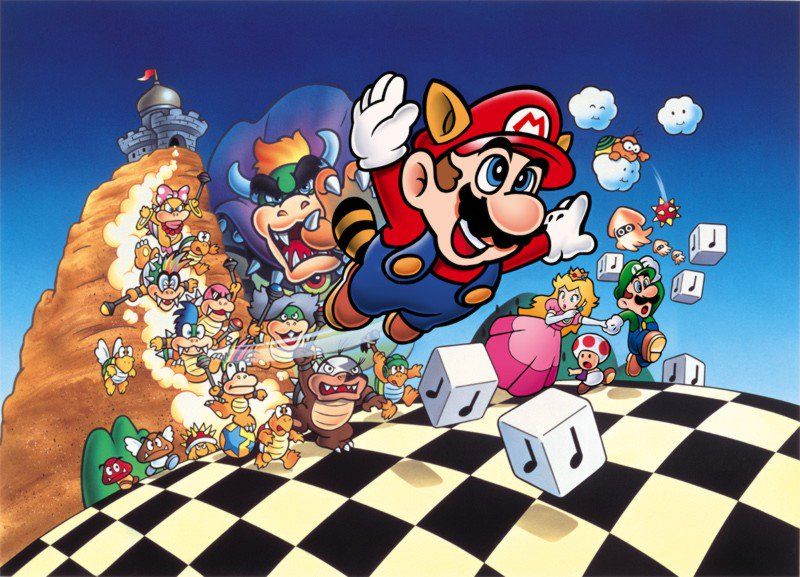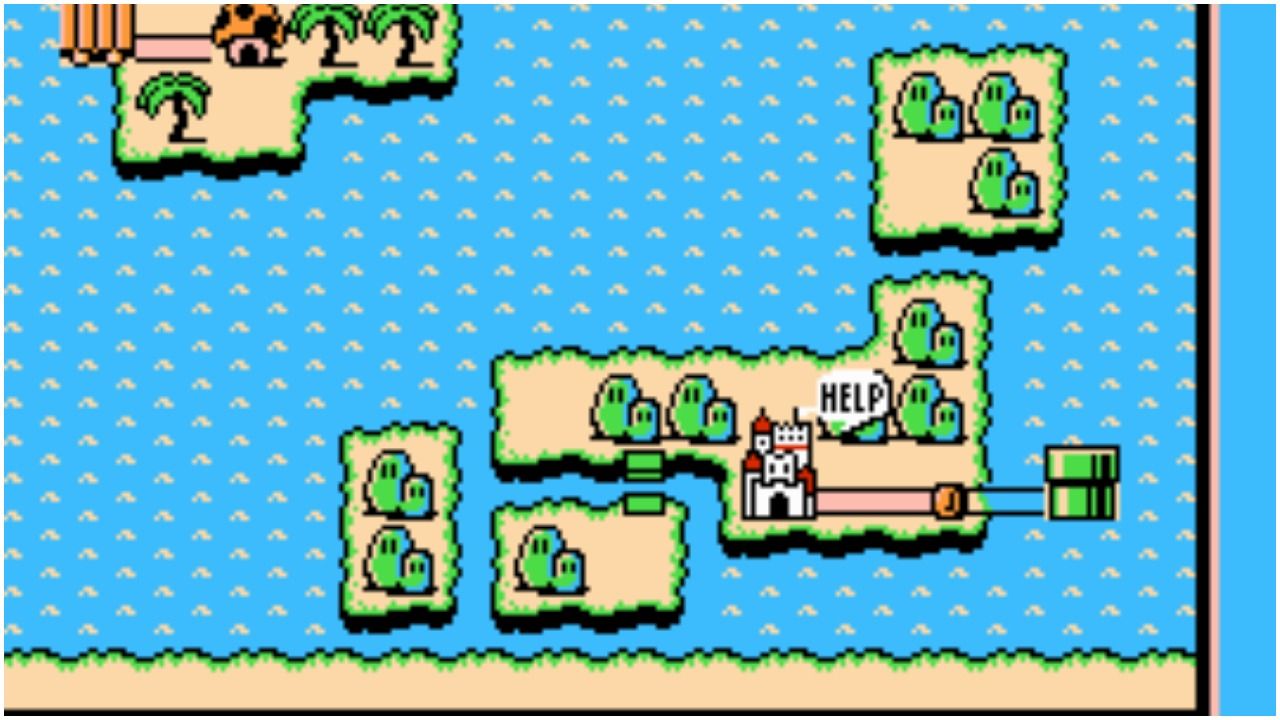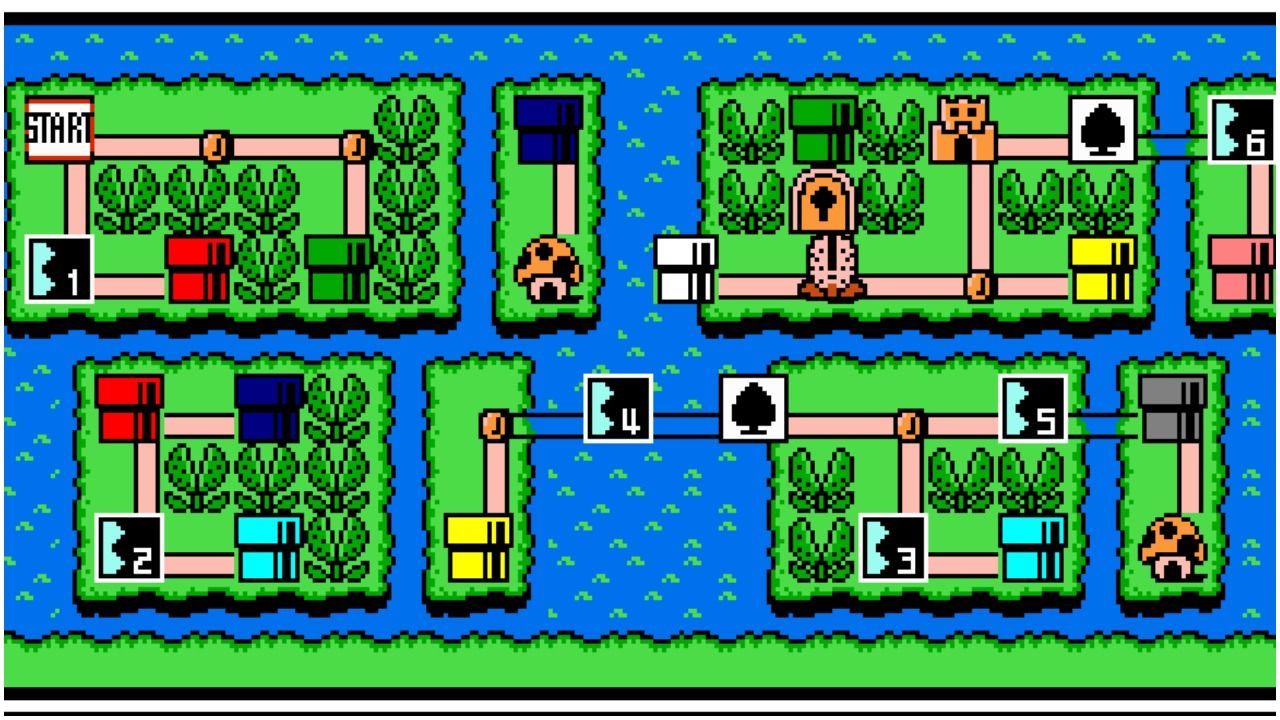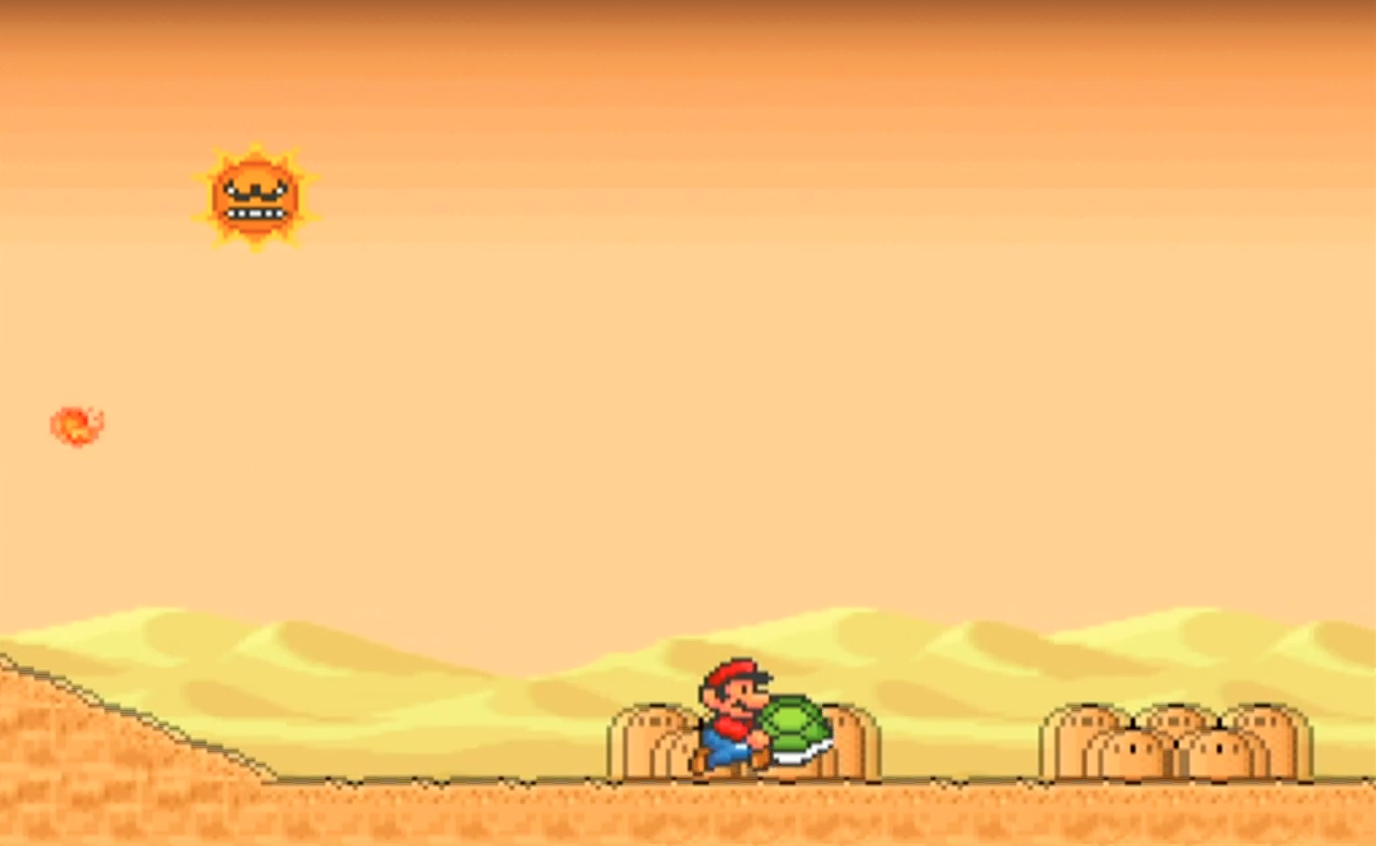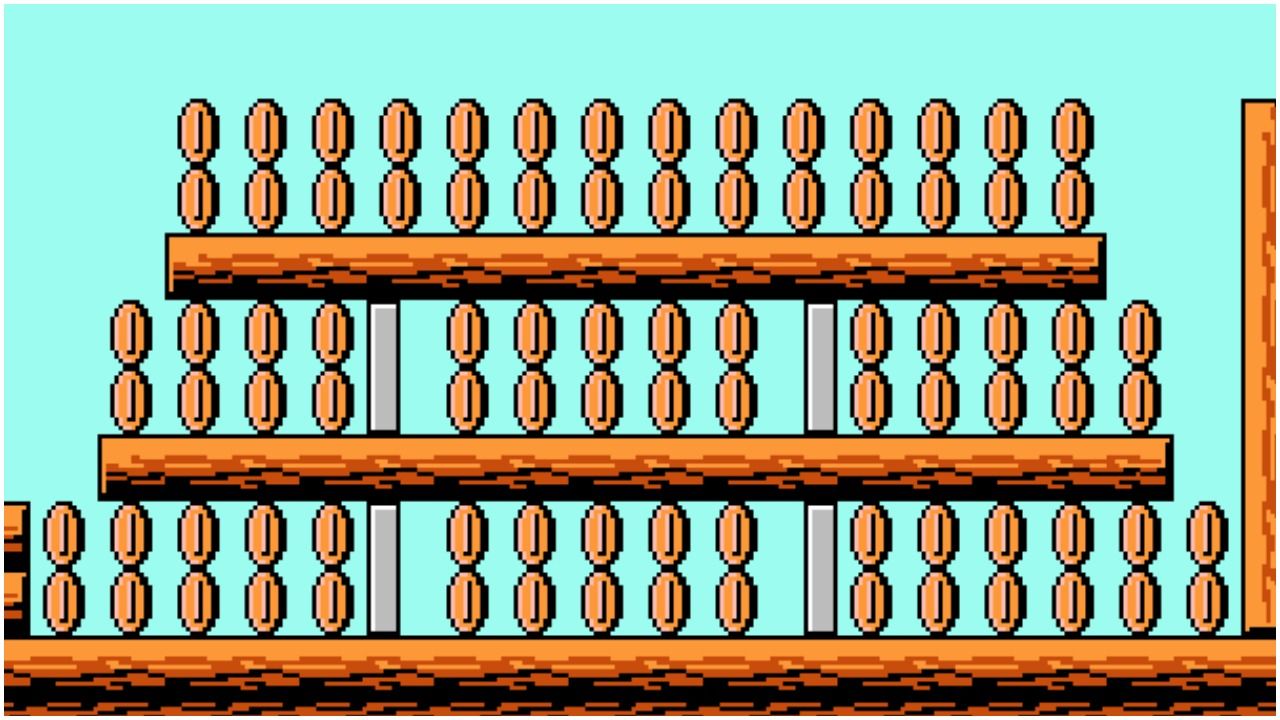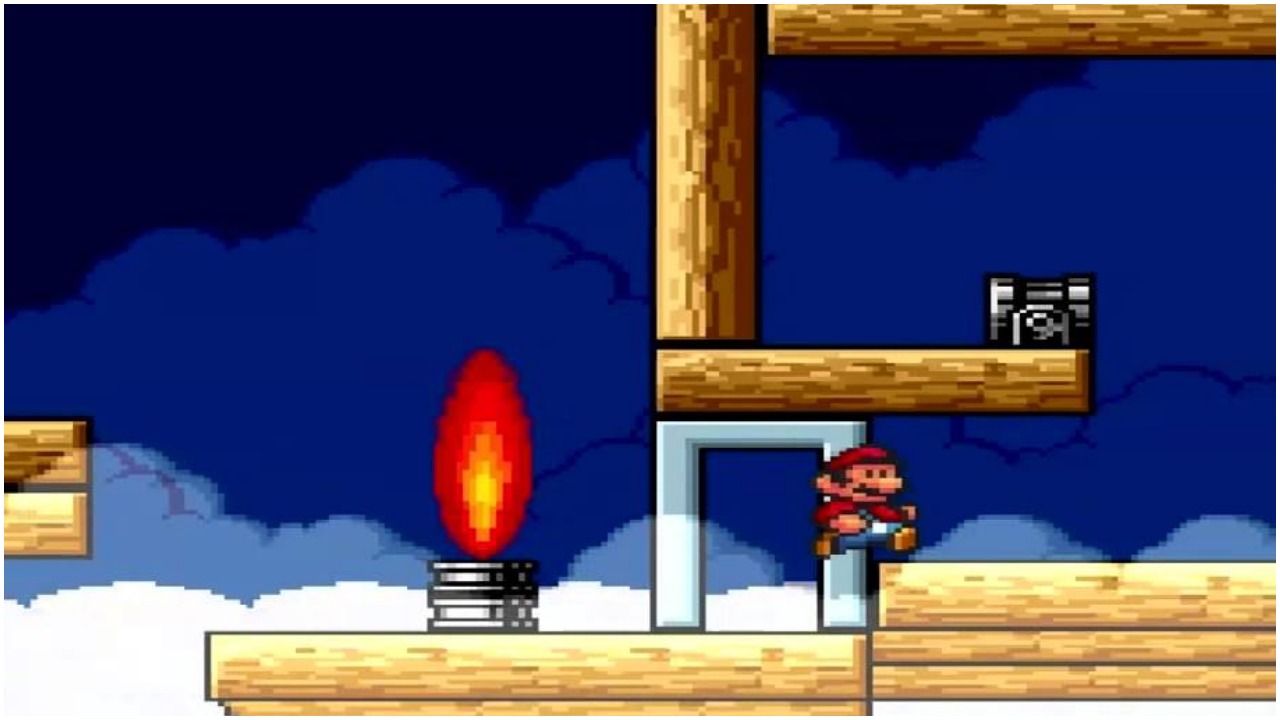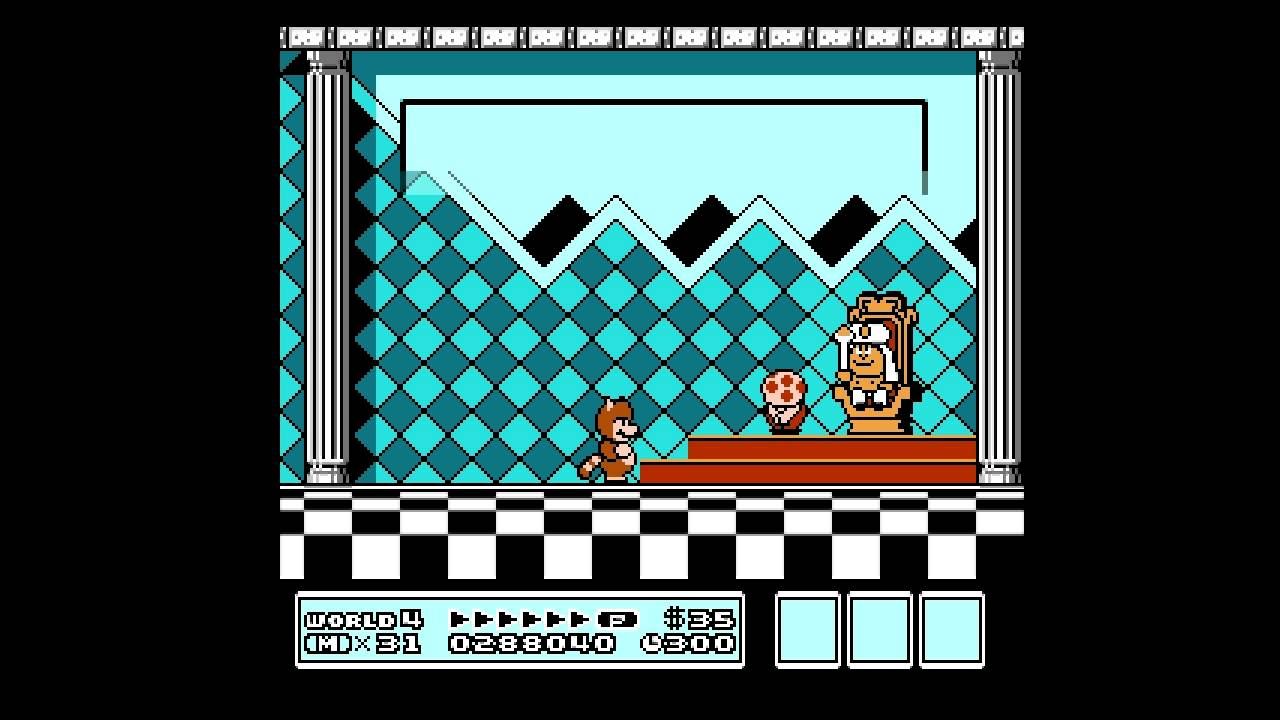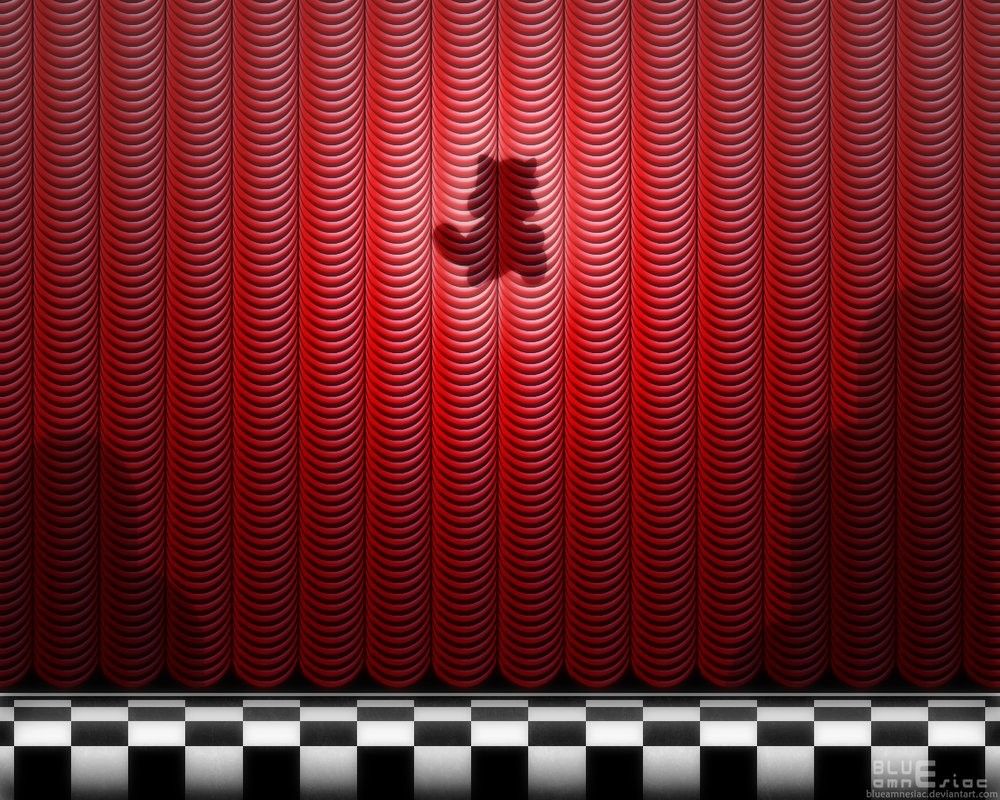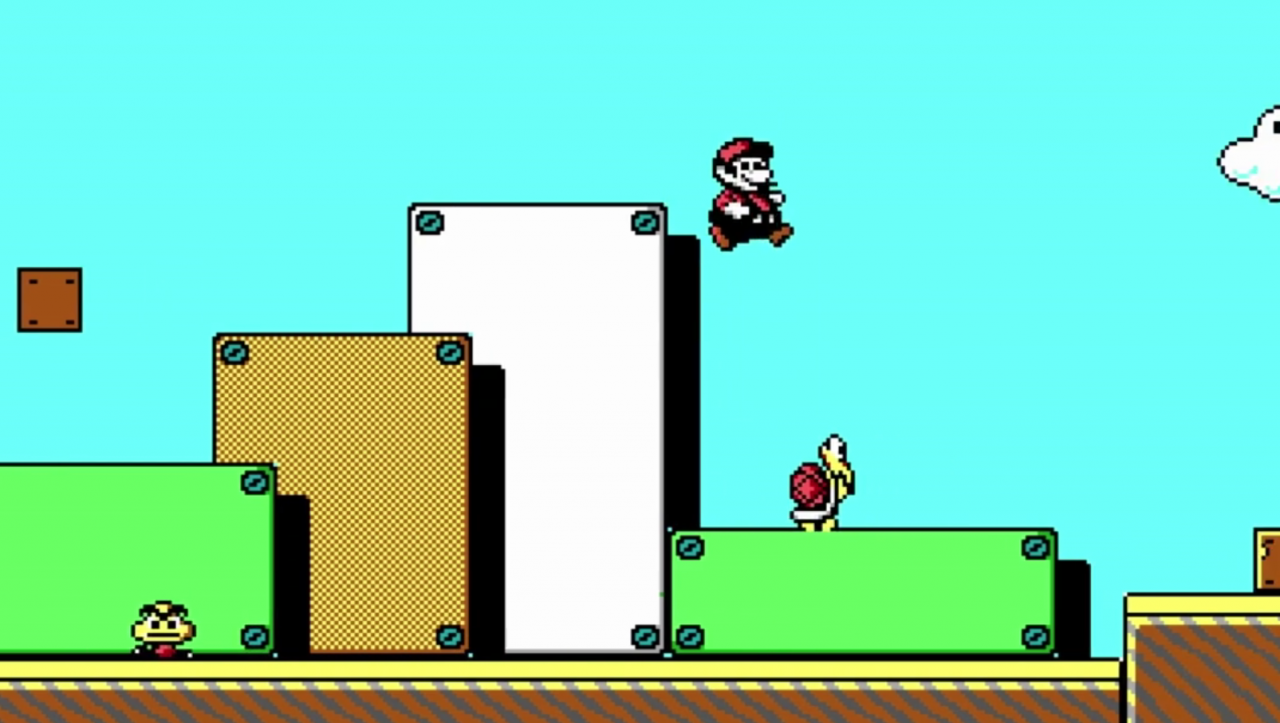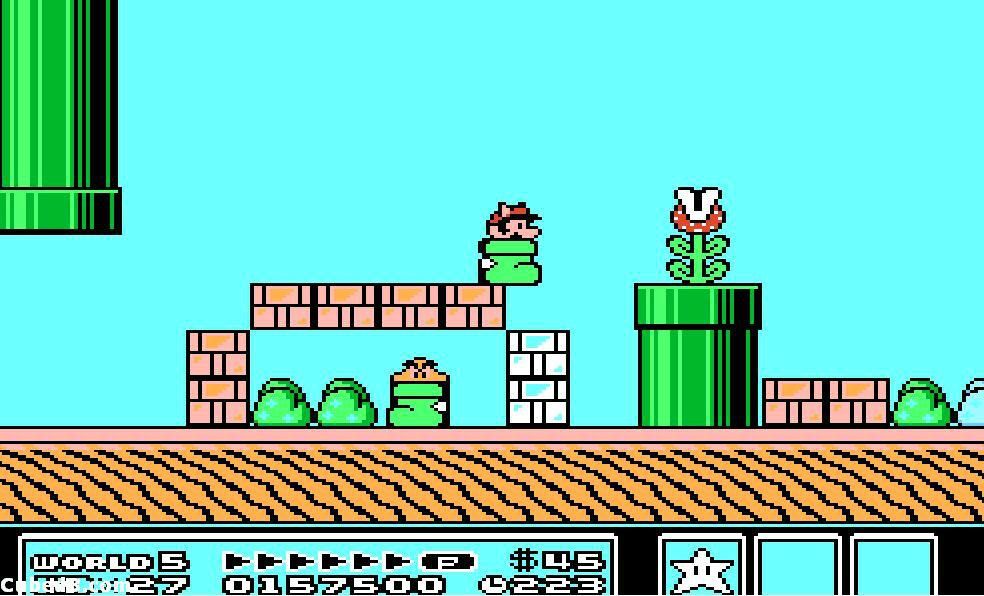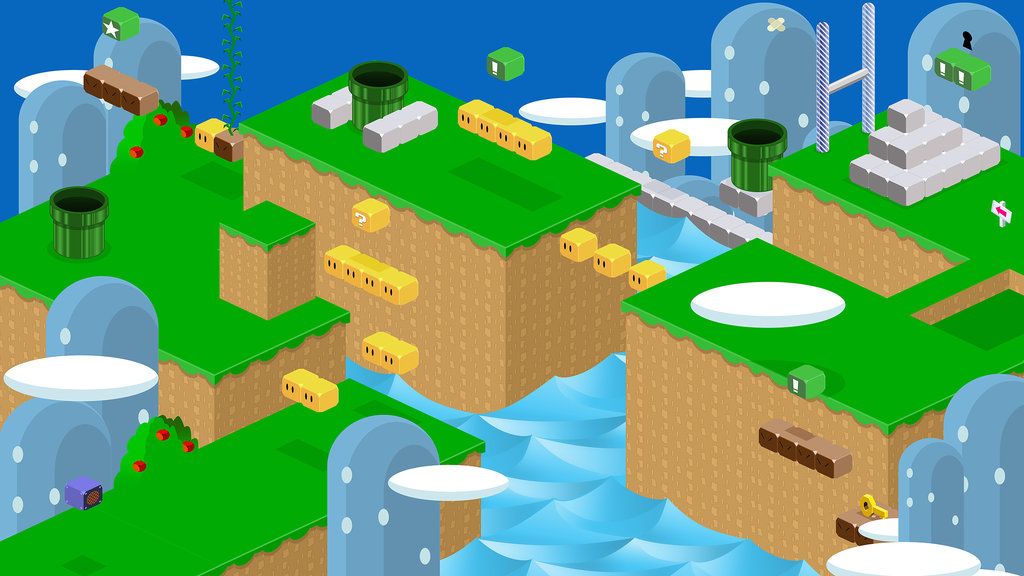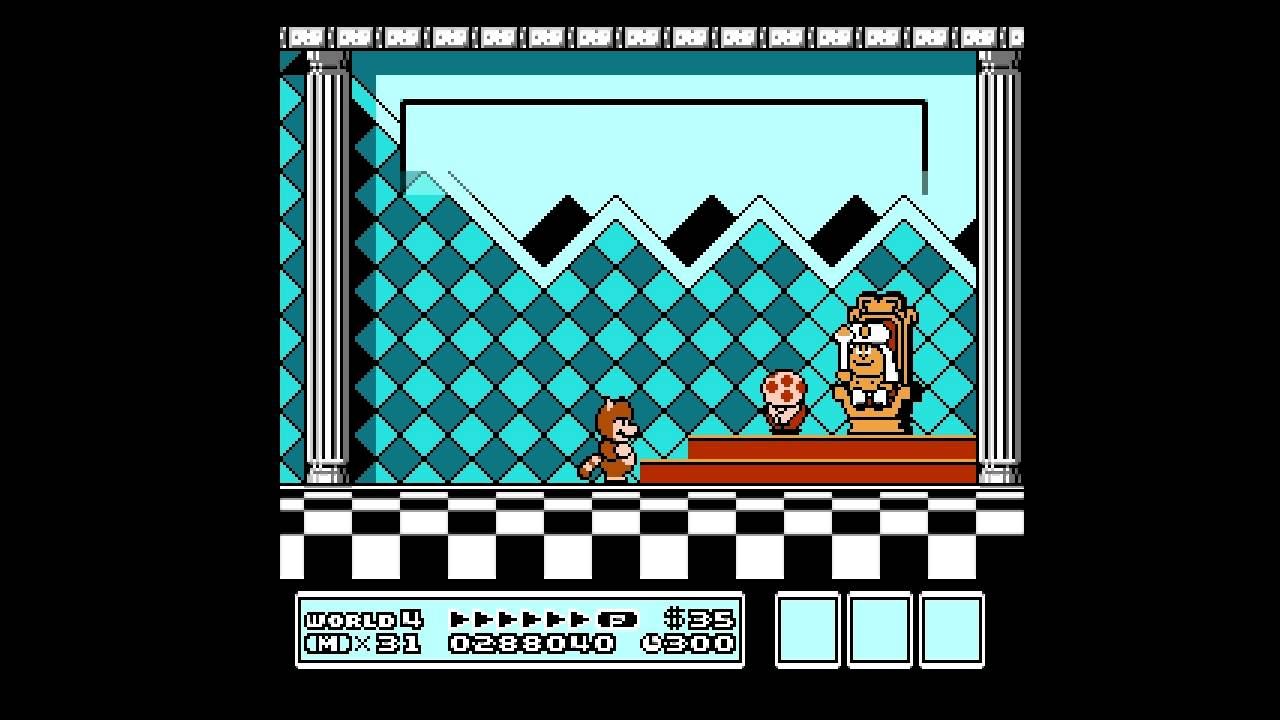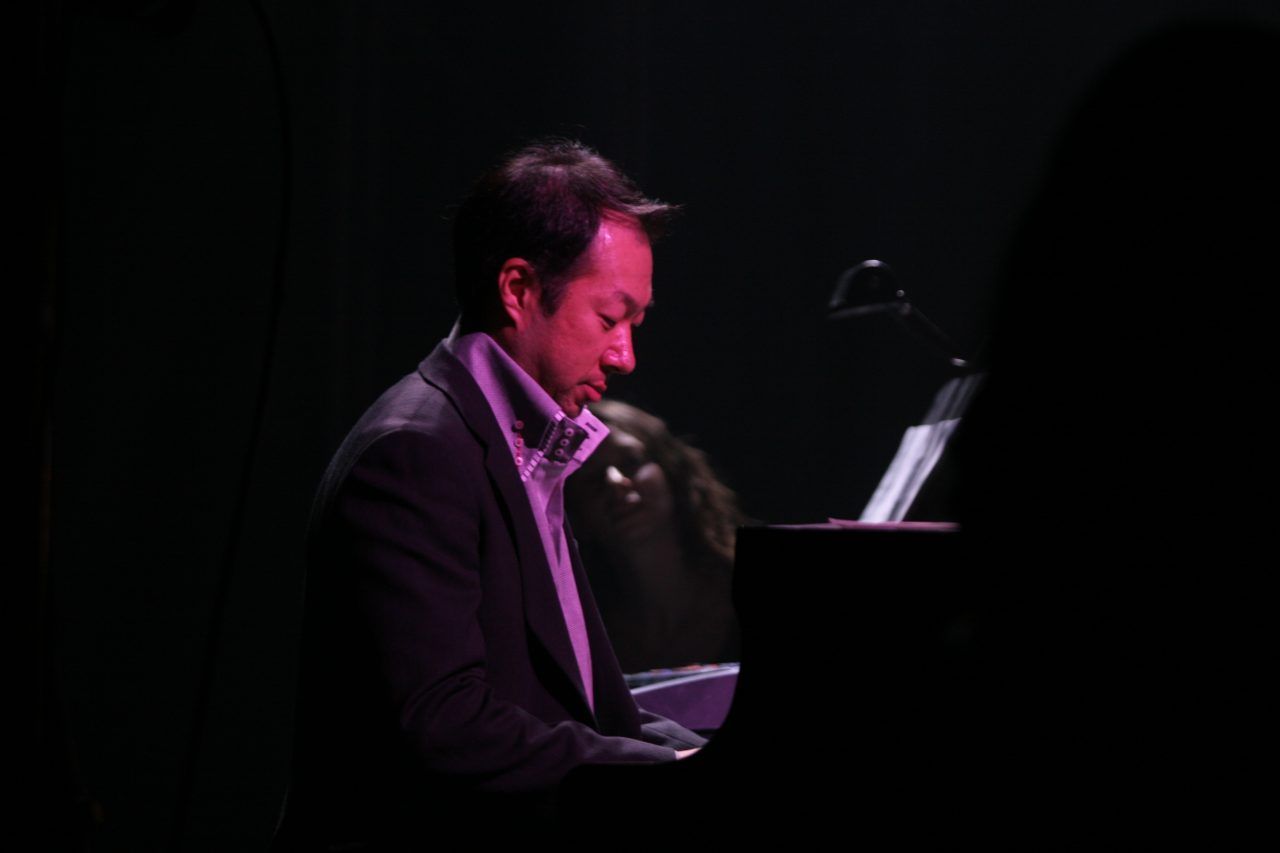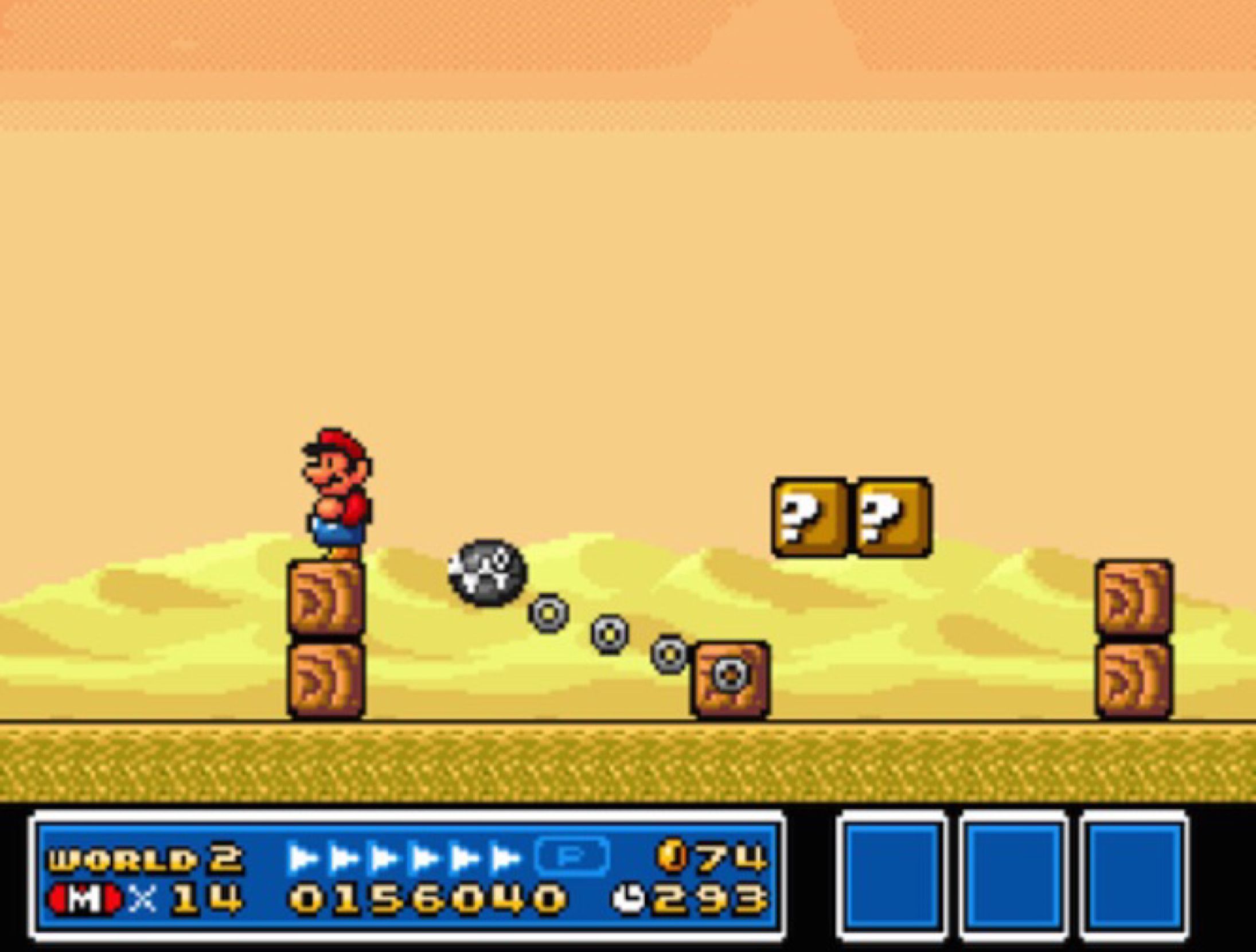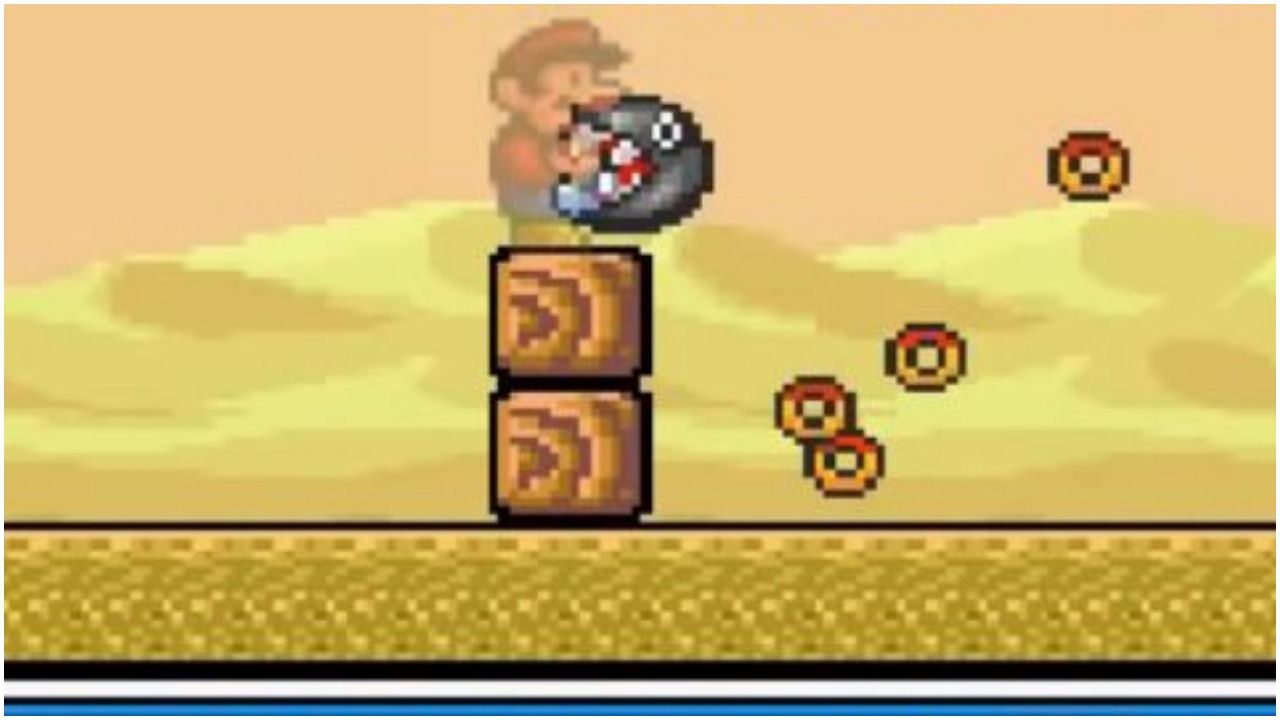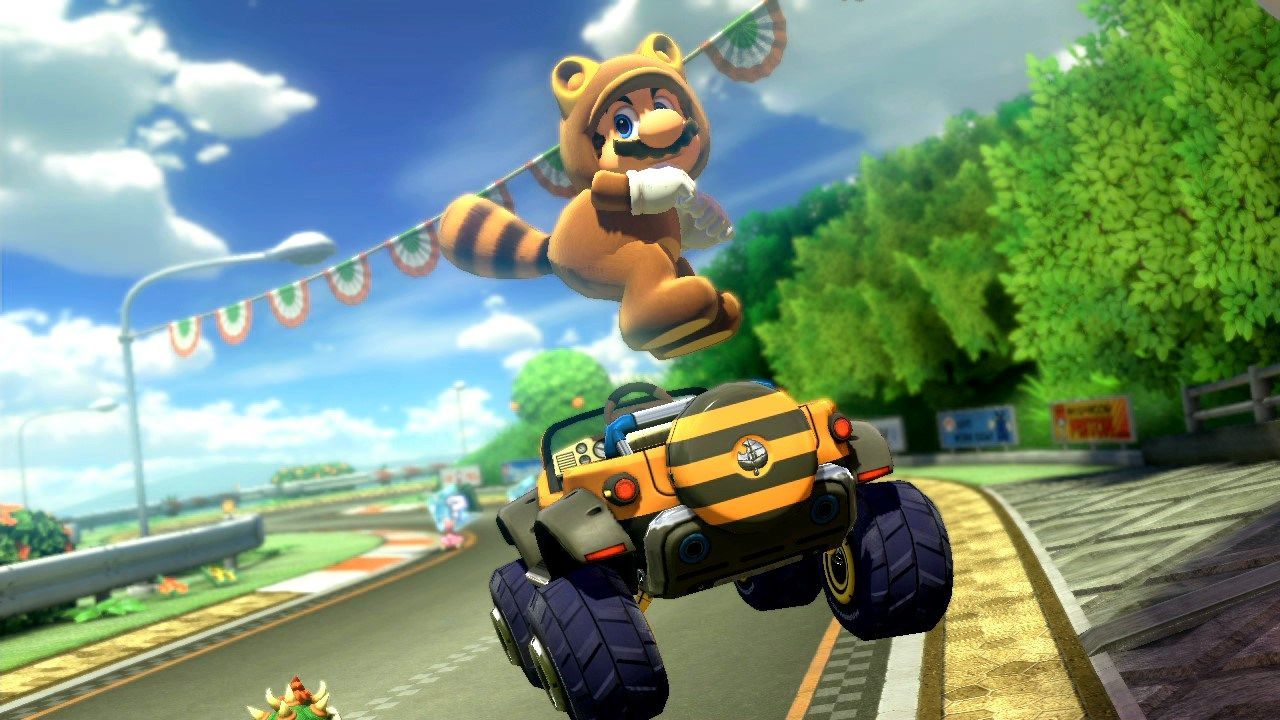Following 1983's video game crash, the industry was in desperate need of a savior. In those early days, the market suffered from an absurd oversaturation of consoles and third-party developers willing to release any half-baked project on a platform without the manufacturer's consent. Essentially, the pre-crash period was the original Steam page, but customers lacked the resources to bypass the shovelware.
In 1983, Nintendo released the Famicom in Japan, but the console stumbled out of the gate. A defective chip meant the hardware needed to be recalled and reissued; fortunately, the Famicom was a big enough hit to justify a Western release. By 1985, the industry was firmly on route to a full recovery and the West got its hands on the Nintendo Entertainment System (NES). Coincidentally, this year marked the debut of a plucky little platformer about a plumber who loves to squash mushrooms and fight dragons. You might be familiar with it.
Regardless of the title, Super Mario Bros. 3 was arguably the first proper sequel to Nintendo's groundbreaking franchise. Even if playing the genuine article and not a reskinned Yume Kōjō: Doki Doki Panic, Super Mario Bros. 2 stuck painstakingly close to its predecessor's formula. Now, in all fairness, there are worse games to replicate than Super Mario Bros.; nevertheless, Nintendo risked alienating fans if the third game failed to push the envelope. Two years and various powerups later, Super Mario Bros. 3 jumped onto shelves and into the hearts of gamers everywhere!
Here are 25 hidden details in Super Mario Bros. 3 real fans completely missed!
25 The Cutting Room Floor
Super Mario Bros. 3 might be nothing short of a classic, but certain concessions had to be made during the development process. A project's editing determines whether the final version is truly worth anything, but games frequently leave remnants of abandoned concepts within their code. Sooner or later, these sacrifices appear on The Cutting Room Floor's webpage. At one point or another, Nintendo planned to include alternative bonuses games hosted by sprites other than Toad. While the available mini-games presented a nice distraction, they rank among the franchise's more forgettable entries.
24 A Cuter Mario
Prior to making his theater debut, the plumber underwent a significant makeover. Despite landing on the same console, Super Mario Bros. 3 incorporated minute details which were not present in the previous entries. While the Jumpman's newfangled adorableness can be mostly credited to the various outfits, the protagonist's base sprite was also considerably cuter than the outdated version in Super Mario Bros. Miyamoto attributed the mascot's attractiveness to an additional line between Mario's eyes and the brim of his hat. Showbusiness punishes those who fail to put their best foot forward.
23 White Mushroom Houses
In this day and age, secrets remain hidden until they are discovered by one explorer. Split into unique forums and communities, fans are no longer left to wander on their own in the dark. The 80s were a different time. Putting aside the re-releases, Super Mario Bros. 3 sold more than 17 million copies; out of all these purchases, how many led to the discovery of the white mushroom houses? Holding various items and surprises, these houses are only unlocked by collecting all the coins in certain levels in each world. For example, amassing 22 coins in Giant Land's level 2 will unveil a mushroom house on that world's map.
22 A Koopaling Story
Whenever an industry's bottom line grows, successful companies typically seek out supplementary agents to help carry ease some of the pressure. Nintendo had around eight developers working on Super Mario Bros., but this ballooned to approximately three times the size by the third entry. A larger team does not automatically equate to a more polished project, but a smart leader welcomes creative input from even the least crucial staff members. As a tribute to Super Mario Bros. 3's design team, Miyamoto modeled the Koopalings after the people who helped bring Nintendo's game to life.
21 Your Princess Is In Japan's Castle
Adored all around the world and undeterred by cultural or language barriers, The Legend of Zelda and Super Mario are universal properties. Final Fantasy and Dragon Quest are Japanese, but Nintendo's first-party titles cannot be restrained by something as trivial as jurisdiction. Depending on a person's background, Water Land's castle island is either a painstakingly obvious reference or an inexplicable riddle. Shaped after Japan, Nintendo went one further by placing the castle in the same spot as Kyoto, the city the company happens to call home.
20 Laying The Pipe
Viewed on their own, minor details amount to little more than a pleasant Easter Egg or an amusing diversion. However, they steadily start to add up! Super Mario Bros. 3 is laced with seemingly trivial additions that help enhance the campaign's cohesiveness. Pipe Land's overworld did not need to replicate the pipe sprites found in the levels; nevertheless, we are delighted that it does! Nintendo's first-party titles constantly amaze customers with these simple but endearing details that scream "games are all about having fun!"
19 Tame The Sun!
Seeking to burn Mario to a crisp, the Angry Sun appears in two separate levels across the entire campaign. Constantly shooting rays towards the speedy hero, players are left with no choice but to hastily sprint towards the finishing line. Completing World 8-2 automatically defeats the furious star, but there are other means to blot out the sun. The enemy is susceptible to Koopa Shell, Starman, and hammers. Armed with any of these items, Mario can take down the Angry Sun and circumvent that mad dash to the finish.
18 Treasure Ship
Assuming Princess Peach compensates people for risking their lives to save her, Mario must be rolling in the dough. Why bother collecting all these coins? Surely, Mario can afford to finance his own expeditions. Now, in all fairness, traveling around the world must be rather expensive; thankfully, the siblings can always raid a pirate ship for its reserve! Filled with coins and locked behind an astonishingly specific set of requirements, Treasure Ships are available in four of the eight worlds. Besides stuffing the protagonist's pockets, these airships bestows the player with various rewards.
17 Secret Anchor
Certain rare items are only accessible through White Mushroom Houses. Used to bind the airship to a specific spot, the Anchor significantly reduces the frustration correlated with the castle levels of each world. If the brothers fail to conquer it on their first attempt, the airship floats to another part of the map, which can be annoying when certain levels were skipped. This item ensures the airship remains tethered to the castle. The houses containing Anchors are unlocked by collecting all the coins in World 2-2, 4-2, and 6-7.
16 A King's Word
Super Mario Bros. 3 introduced a wild array of transformations for the adventurous plumber. Powerups could be found that unlocked nine variations on the Italian's base appearance. Whether enhancing the protagonist's attacks or allowing for an effortless traversal of certain (watery) areas, these costumes altered the gameplay and heightened Mario's appeal as a mascot. Alongside previously introduced alterations like Super Mario or Small Mario, Super Mario Bros. 3 periodically turned Nintendo's icon into a furry. With the exception of Dark Land, each world concludes with Mario beating a Koopaling and saving the area's king. Depending on the costume being worn, the sovereign's response adjusts to fit the mood. This cool feature was limited to Hammer, Tanooki, and Frog Mario.
15 All The World's A Stage
Passion is a powerful emotion capable of driving many down strange and fruitless paths. Any game with an ample enough fanbase is subjected to theories, but most amount to little more than wishful thinking. An oldie but a goodie, Super Mario Bros. 3 hinted repeatedly that Mario's grand adventure might be merely a stage play. Was this theory groundless? Putting aside the fact Super Mario Bros. 3 literally starts with a curtain being raised, Miyamoto has confirmed this theory. Who needs Shakespeare when you have Mario and Bowser?
14 The Western Version Was Easier
Luckily, Nintendo decided against rejecting another sequel due to the perceived difficulty level. Super Mario Bros. 3 was the genuine article; nevertheless, some changes had to be made to the Japanese version. Primarily focusing on reducing the skill level, Western players were prescribed a less frustrating overall experience. Nowadays, such a move would presumably be greeted with a fair amount of ridicule and anger, but the late '80s were a simpler time. Without the internet to shed light on such matters, Super Mario Bros. 3 was merely Super Mario Bros. 3.
13 That's A Powerup
Super Mario Bros. established many gameplay mechanics which would come to define the platformer genre, but Super Mario Bros. 3 refused to merely pay homage to its ancestor. Over the span of two years; Shigeru Miyamoto, Takashi Tezuka, and company worked tirelessly to guarantee the sequel felt like a proper upgrade. Maintaining most of the standard mechanics employed by the previous entries, Super Mario Bros. 3 allowed Mario to bombard enemies with blocks, climb vines, and slide all over the place. These additions would become staples of the franchise.
12 Raccoon Mario
Super Mario Bros. 3 cosplays the eponymous stomper in a wide variety of charming costumes, but there is a purpose to Mario's transformations beyond selling more toys. Depending on the powerup, the hero unlocks a cool assortment of abilities, although certain outfits are more useful than others. Hammer Mario chucks tools at unsuspecting Goombas, while the Fire Flower turns Nintendo's mascot into the Human Torch. Gaining the ability to glide, Raccoon Mario has to be the coolest of the bunch! Shockingly, the tail attack was prioritized by the developing team.
11 Isometric View
Even though Super Mario Bros. 3 took plenty of risks, the team initially planned to turn the franchise upside down. Rather than replicating the series' traditional horizontal perspective, discussions were held about the feasibility of switching to an isometric angle. Despite working wonders for The Legend of Zelda, an overhead view juxtapositioned poorly with Mario's basic gameplay. As a platformer, players must be able to properly calculate distances for jumps; sadly, this information was lost in translation when employing an isometric perspective. In hindsight, Nintendo's decision to scrap this change was for the best.
Art by andre-tachibana.
10 Mario's Kings
Among the best selling NES games of all time, Super Mario Bros. 3 scored a handful of ports and remakes. Not to take anything away from Nintendo's essential console, but the sequel was the definition of bigger and better. The leap from 8-bit to 16-bit allowed developers to further enrich their worlds, while the storage devices could house far more data. In 1993, Nintendo published Super Mario All-Stars, a compilation containing enhanced remakes of four NES entries. The platformers never looked better, but Nintendo even modified some of the content. In the original version, Super Mario Bros. 3's kings were transformed into normal animals; however, the SNES remake opted for creatures associated with Mario's name. Yes - Donkey Kong Jr. was among them.
9 Koji Kondo's Soundtrack
A decent soundtrack slips effortlessly into the background, but a fantastic score can be the difference between a great game and a masterpiece. Composed by Koji Kondo, Super Mario Bros. boasts an eclectic collection of beats, but the songs complement the levels quite well. Rather than limiting himself to a particular style, Kondo played through the areas and devised themes suitable for that specific content. While the game's soundtrack can hardly be characterized as improvised, the composer opted for a more free-spirited approach. Tasked with creating a catchy tune for Super Mario Bros. 3, Kondo elected to focus on a genre to create a harmonious tone in the overworld. According to the composer, the process proved to be rather challenging.
8 A Chain Chomping Dog
Inspiration is not bound by common-sense. Who knows what seemingly insignificant detail could birth a fascinating creation? Debuting in Super Mario Bros. 3, Chain Chomps are clearly meant to serve as the Mushroom Kingdom's alternative to hounds. Attached to the floor and perpetually striving to break free, these mutts desperately need to be housebroken. How did Shigeru Miyamoto conjure up such a creature? During the gaming legend's childhood, Miyamoto found himself involved in an improvised chase with a neighbor's dog. Evidently, the animal left quite an impression!
7 A Chain Breaking Dog
Certain discoveries are only made by venturing off the beaten path. RPGs and adventure games expect players to leave the safety of the main quest, often rewarding those brave souls with cool items or optional boss fights. Despite being a platformer, Super Mario Bros. 3 possesses an impressive array of bonus areas and hidden treasures, but one particular surprise requires players to do nothing. As implied by the name, Chain Chomps are tied to the ground; consequently, they can easily be avoided by maintaining a safe distance. Just do not get too relaxed, as these beasts break free after 50 thugs.
6 Tanooki Mario's Folklore Roots
Named after the Japanese raccoon dog, Mario's Tanooki suit stands out as one of the platformer's most memorable outfits. Why did Nintendo opt for this specific animal? Why a raccoon? If they wanted a tail attack, cats and dogs are the more obvious candidates. Depicted as tricksters and shape-shifters, raccoon dogs feature heavily across Asian folklore. Originating in China, the belly drumming mythological creature debuted as a rather villainous entity, but their image softened during the late 19th century. Japanese players would have associated Tanooki Mario with more than an animal.

